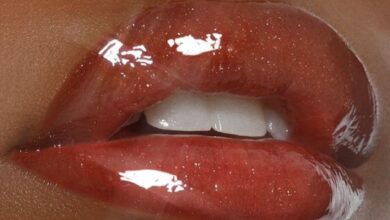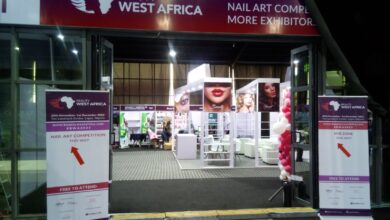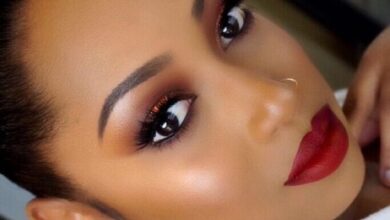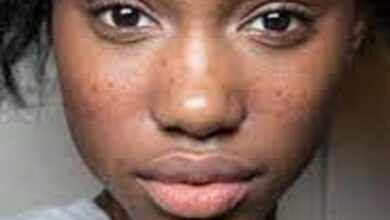

Make-up artists are scientists as well as artists. Their work requires knowledge of both disciplines. They need to be familiar and informed about sanitary routines, colour theory, bone structure, chemistry and facial anatomy.
They are tenacious. This should come as no surprise because the competition in the industry is fierce and unrelenting. So, they are constantly advertising, working long hours, and jostling several jobs to become and stay established in the field.
The work they do is regarded as a form of art. Think fashion, cinematic, bridal and tattoo make-up artists. They beautify, transform, enhance and create different looks for different occasions. It is worthy of note that tattooing is one of the oldest art forms known to mankind.
Make-up artists can work in various sectors including film, television, theatre, fashion, beauty, and retail. They can be found in nearly every facet of human activity.
Their make-up kit is not cheap. And as trends move in the industry, they have to keep updating their tools in order to stay abreast with the changing times.
The term for a make-up artist in Egyptian hieroglyphic comes from the root sesh which means to write, to engrave. Apparently, make-up application was pretty serious business back then (even more so now!). The same precision was required to hammer out words as it was to coat lips, line eyes and powder the face.
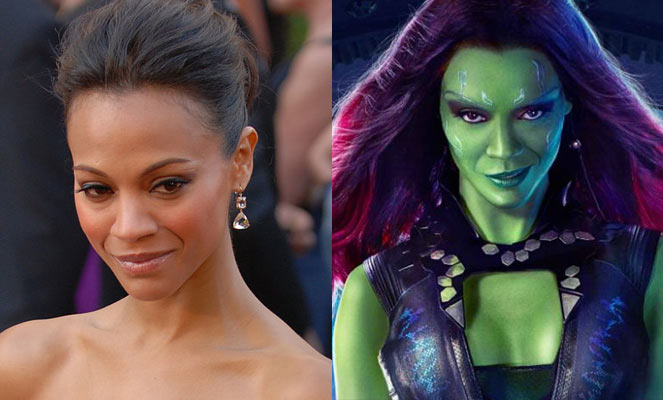
Cinematic make-up artists get recognized and often receive awards (Oscars, AMVCA) for their brilliant work and skills in movie, TV and theatre productions.
Movie make-up artists often put themselves in the shoes of the subject they have to enhance, and back it up with research accordingly.
They do not hesitate to break conventional make-up rules to achieve their goal of a target look. Sometimes, that’s the only way to make things happen.
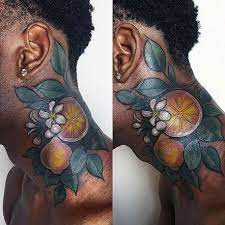
Tattoo artists have been known to practise their craft on themselves. Though some of them have a low pain threshold for a tattoo needle.
All that hunching over during work takes a toll on tattoo artists’ bodies. Back, neck, eye and hand aches are some other occupational hazards for them.
Tattoo artists, like other artists, tend to make mistakes but can cover them up.
One of the major aspects of a tattoo artist’s job is safety and sterilization; for so many harmful pathogens and diseases can be easily transferred through blood and body fluids. A tattoo artist must take precautions against this.
Tattoo artists are good and knowledgeable about drawing and graphic design. Many of them were former art students. However, the life of a tattoo artist is about more than drawing cool designs and chatting with clients.

